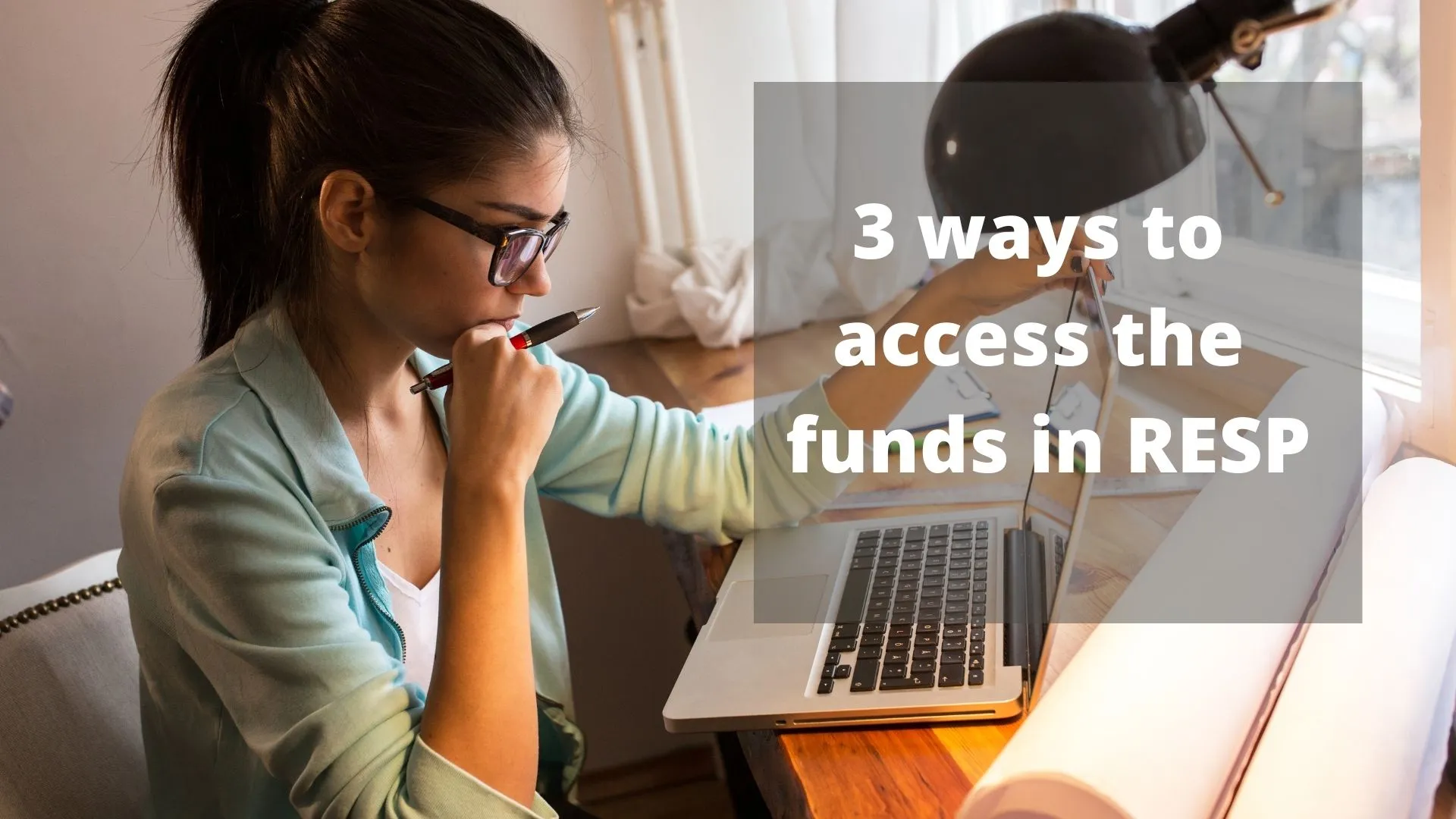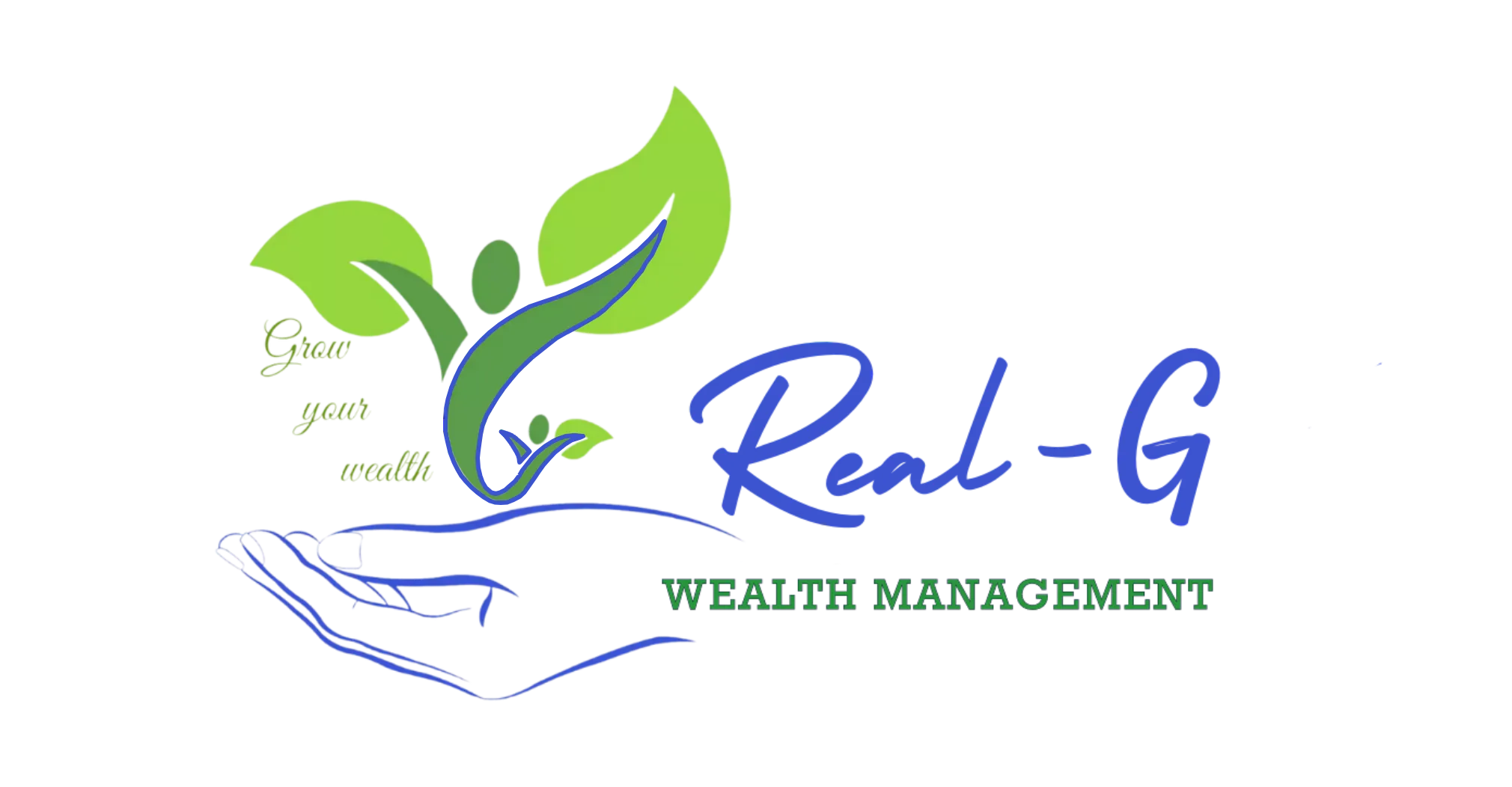3 Ways To Access The Funds in RESP

Planning for our children's future education is not a one-step process. Opening an account and setting up an auto-deposit into an RESP isn’t enough to achieve our long-term goal for our kids’ future. Proper planning and knowing how we could best use the funds in the most tax-efficient ways and how is very important when creating the plan. But before we choose which way we should choose to do best, we must first identify the 3 ways to access the funds from the account.
The first thing to remember when considering RESP withdrawals to fund post-secondary education is the “return of contributions” that you, as the subscriber, made to an RESP, which were made from your after-tax money, can generally be withdrawn at any time, tax-free. This withdrawal is not required to be used specifically for the tuition. This can be used to pay for books or for any other material your kids need. It can also be used to pay rent if your child is living away from you.
The other way is through “Educational Assistance payments” (EAPs). This includes the income earned from your contribution and both grants and its earned income. This withdrawal is taxable to the student when paid out.
Now, which withdrawal should I use first?
My recommendation is to use the Educational Assistance Payments first as it consists of all grants and all accumulated income earned inside the plan. By using this first, you may not be worrying about paying back the leftover grants and worrying about the tax implications associated with Accumulated Income Payments. If you have enough funds that will fall under EAPs, it may be the only option you’ll need. That is why proper planning is needed in order for you to accumulate enough funds that you may not need to use the contributions you made and keep it invested in the plan to accumulate more investment earnings to be used by your other child next or can return it back to you and use it wherever you want. Even though the receipt of this withdrawal, EAPs, is taxable to your child, your child may not have to pay tax because of the Basic Personal Amount and other tax credit, like federal tuition credit, that your child can use to offset tax.
Depending on the structure of your plan and depending on the advisors you deal with, you may not have enough EAPs and may need a 2nd option to help you fund your kid’s education. And that is when I would recommend the use of Return of Contribution.
Maybe your plan have accumulated more than enough funds that left you with some of the earned income, you can then use the Accumulated Income Payments. The problem with AIPs is that they are subject to potentially heavy taxation. AIPs are taxed as ordinary income at your marginal tax rate. But to compensate the government for the fact that no tax has been levied on the income/growth in the RESP for up to 35 years, the government charges an additional 20% penalty tax on top of your regular tax rate. However, you have the option of transferring the AIP amount into your Registered Retirement Savings plan, (assuming that you have room left), to continue to defer the tax obligation and so that the 20% penalty tax will not apply.
These strategies can only be used with either family or individual type of plan. Most group plans have their own rules and restrictions so better check with you group plan providers about the use return of contribution and the use of Accumulated Income Payments.
Registered Education Savings Plan is by far the best education plan exists. A well-balanced asset allocation and diversification are the keys to a successful Investment planning.
